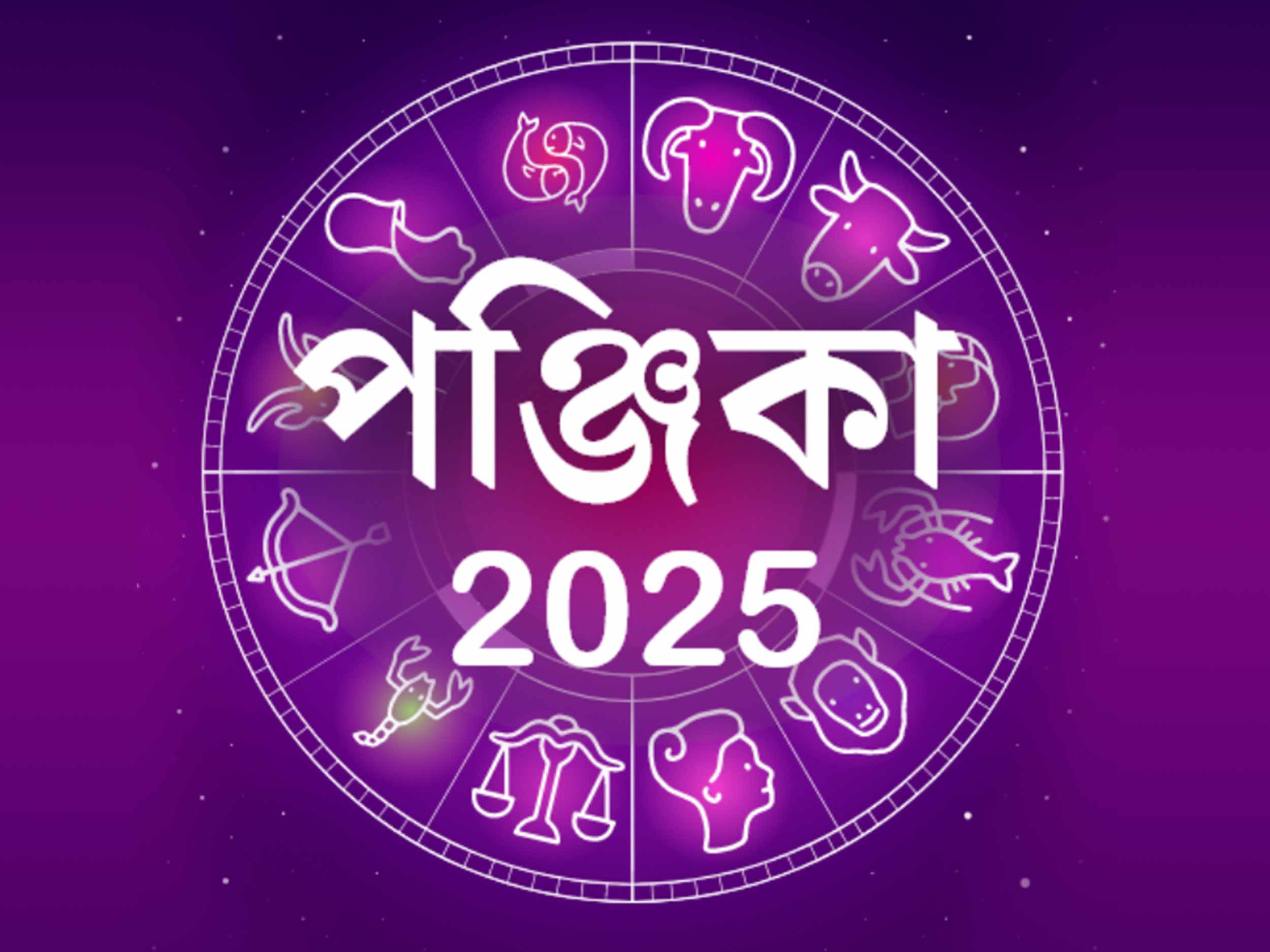
The Timeless Significance of Panjikas: A Window into Tradition and Time
By Meenakshi G on January 22, 2025
In an age where digital calendars and apps dictate our schedules, Panjikas, the traditional Indian almanacs, continue to hold a special place in cultural, spiritual, and historical contexts. These almanacs, often tied deeply to regional customs, serve as much more than mere datebooks. They are living documents of tradition, astronomy, and spirituality.
What Is a Panjika?
A Panjika is a detailed annual almanac, primarily used in Indian subcultures like Bengali, Odia, and Maithili communities. It provides a wealth of information beyond dates and times, including astrological positions, auspicious timings (muhurta), festivals, and religious observances. Historically, it has guided farmers, priests, and homemakers alike, anchoring everyday life to cosmic rhythms.
The “Sree Madan Gupter Panjika, and Benimadhav Shiler Full Panjika” a renowned example, is particularly famous in Bengali households. Its meticulously curated details help families plan rituals, weddings, and other significant events.
The Historical Roots of Panjikas
The origin of Panjikas dates back to ancient India, where knowledge of astronomy and mathematics was highly advanced. Early scholars like Aryabhata and Bhaskara made significant contributions to the creation of accurate calendars. Panjikas evolved as tools to translate this scientific knowledge into everyday applications.
Historically, Panjikas were more than just practical guides. They represented the wisdom of sages and astrologers, bridging the gap between the cosmic order and human affairs. For centuries, they were painstakingly handwritten or printed using basic techniques, often adorned with intricate artwork and diagrams.
Why Panjikas Matter Today
Even in a fast-paced, technology-driven world, Panjikas remain relevant for several reasons:
- Cultural Continuity: Panjikas preserve and propagate regional traditions, helping families stay connected to their heritage. They ensure festivals are celebrated on the correct lunar dates, maintaining the sanctity of age-old rituals.
- Spiritual Guidance: Many people rely on the astrological predictions in Panjikas for personal and spiritual decision-making. From determining auspicious times for marriage to planting crops, these almanacs influence everyday choices.
- Astronomical Awareness: Panjikas highlight the intricate relationship between celestial events and earthly activities. They offer a practical introduction to astronomy for laypeople.
- Sustainability of Language and Art: As traditional Panjikas are often published in regional languages, they help sustain linguistic heritage and the art of precise, detailed printing.
The Modern Evolution of Panjikas
Today, many Panjikas are adapting to the digital age. While physical books remain popular, digital versions are gaining traction among tech-savvy audiences. Apps and websites now replicate the functions of traditional almanacs, ensuring their accessibility to the younger generation.
However, the essence of Panjikas remains unchanged. Whether in print or pixels, they continue to bridge the gap between the ancient and the modern, the spiritual and the scientific.
Final Thoughts
Panjikas are much more than calendars; they are treasures of tradition, cultural identity, and astronomical knowledge. By keeping Panjikas alive, we preserve a vital link to the past and ensure that the wisdom of the ages continues to illuminate our present and future.
If you’re new to Panjikas or have never explored their rich heritage, pick one up and dive into its pages. You might find yourself connected to a rhythm of life that is both cosmic and deeply personal.